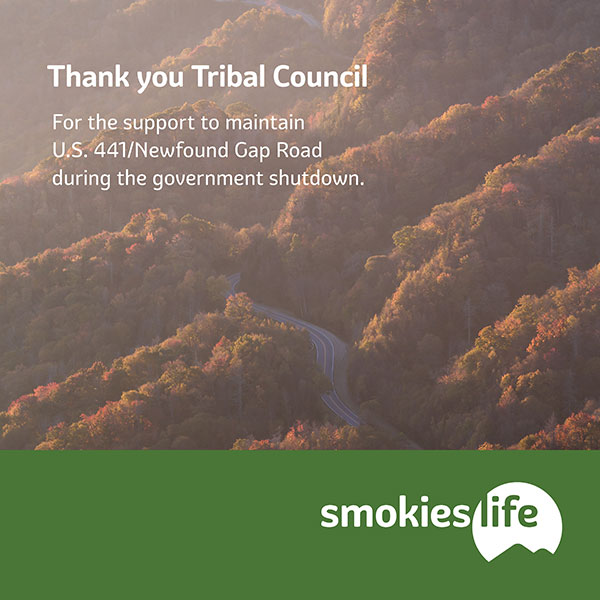By ROBERT JUMPER
ONE FEATHER EDITOR
Art is our link to generations of Cherokee people. As much as language is a definer of culture, crafts and artwork are lasting memorials to our people and tribe. Our government, as well as the federal government, recognizes the significance of pieces of Cherokee history through regulation of land use through laws requiring study of the contents of the ground prior to construction of buildings and other structual modifications.
To protect the ongoing integrity of Native American artwork, the Indian Arts and Crafts Act was established in 1990 to prevent those who would attempt to put crafts and art into the public, without proper verification of creation by a Native American, from doing so. The Act requires any piece of artwork created since 1935 which is being advertised and sold as made by a Native American to have proof of the maker’s heritage.
Attempts to hijack the heritage and culture of indigenous peoples for profit are common. An example is the case of Terry Lee Whitestone, who, according to The Kansas City Star (Feds accuse Missouri man of posing as Indian to sell art; June 29, 2015) and indianz.com (Self-described Cherokee artist charged for misrepresentation; June 29, 2015), marketed his inventory as authenically Native American and, specifically, Cherokee. While the outcome of Whitestone’s hearing will not be heard until a scheduled federal court appearance on July 22, there is no record of recognition by either state or federal authorities of the “tribe” with whom he claims affiliation.
Stealing the name of a Native American tribe for personal gain is equivalent to identity theft. Throughout recorded history, we see examples of the desire to be unique in the tools and weaponry of our ancestors. Today, the spirit of individual and tribal pride continue to be exhibited in crafts and artwork. A stroll through the Museum of the Cherokee Indian or the Qualla Arts and Crafts Shop will quickly give you a sense of the importance of art to the Eastern Band of Cherokee Indians. We need to be vigilant and help authorities protect the integrity of tribal artwork.





